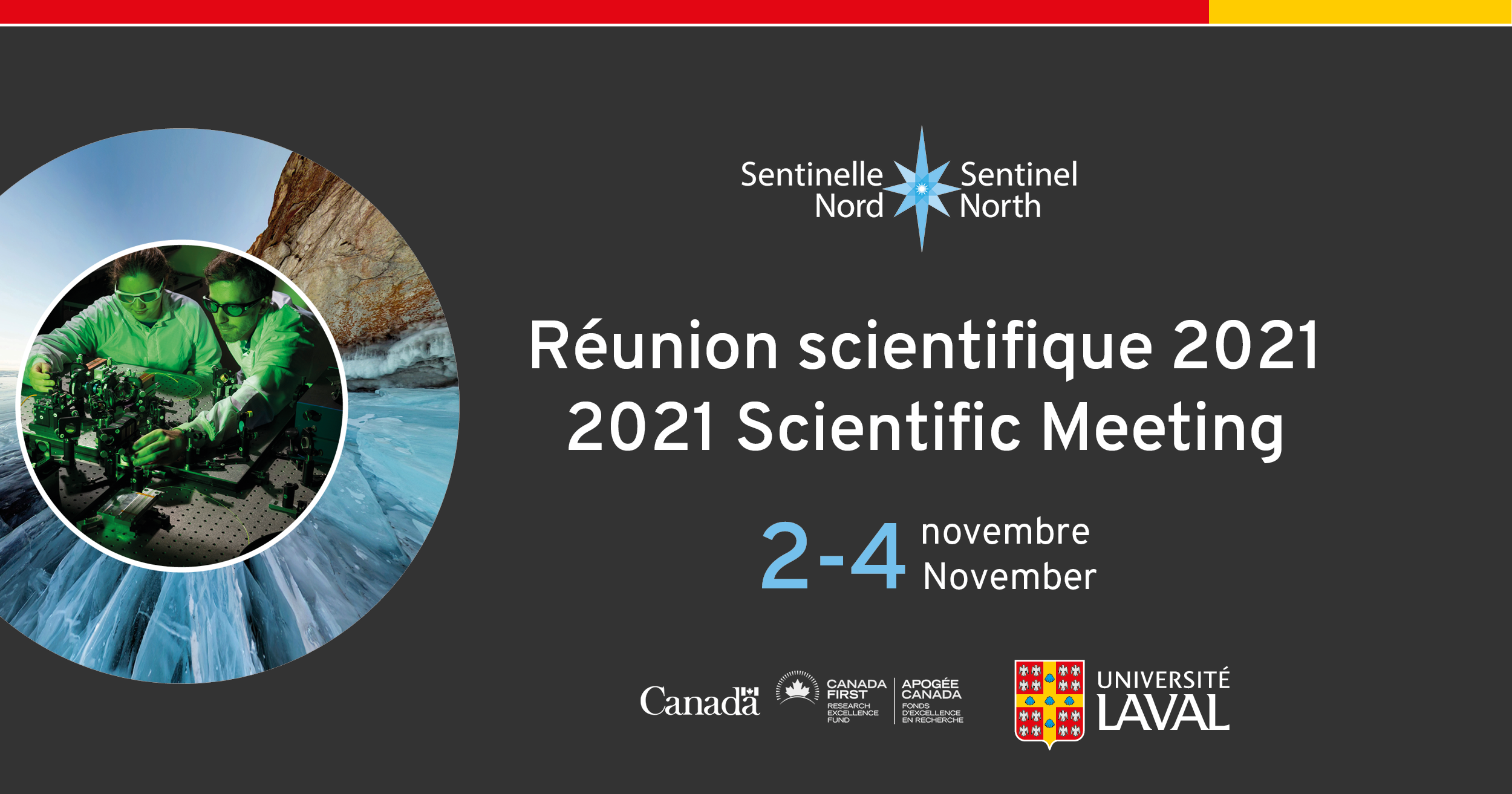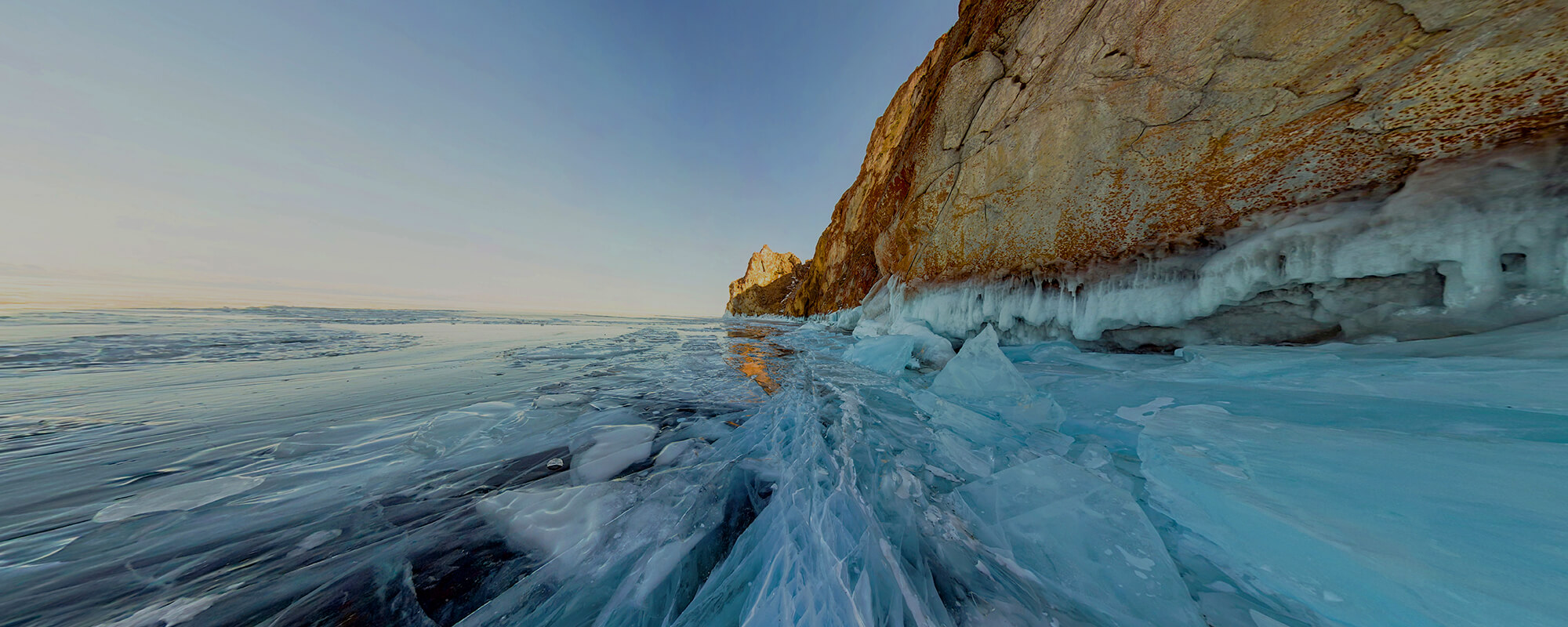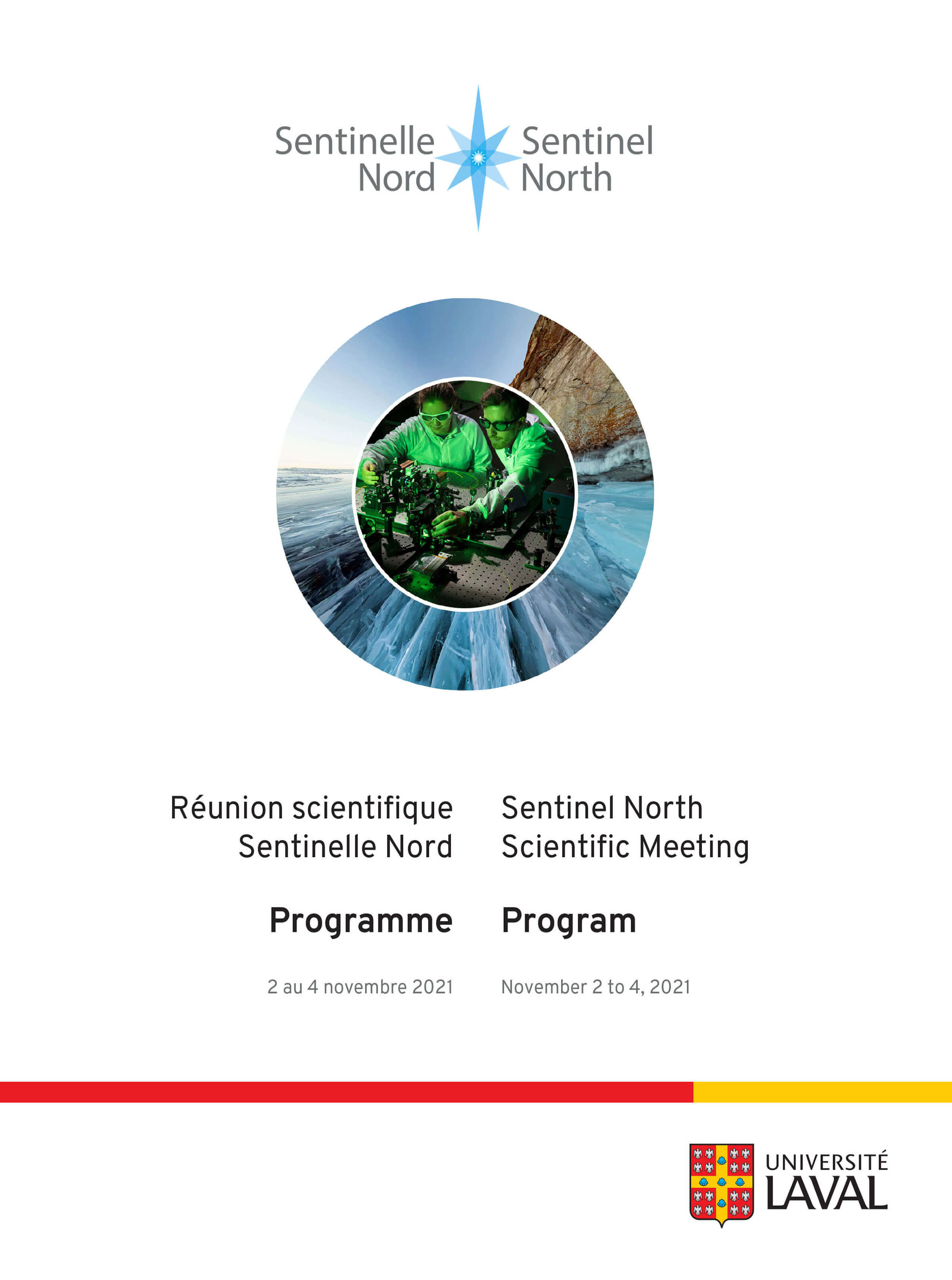2021 Scientific Meeting
November 2 - 4
Invited speakers
 |
VINCENZO DI MARZOProfessor, Medicine, JIRU for the Chemical and Biomolecular Study of the Microbiome in Metabolic Health and Nutrition, Canada Excellence Research Chair on the Microbiome-Endocannabinoidome Axis in Metabolic Health, Université Laval New avenues of biomolecular microbiome research in the context of emerging health problems in Northern populationsThe UMI-MicroMeNu between the Italian National Research Council (CNR) and Université Laval is aimed at strengthening the scientific and technological cooperation between these two institutions through exchanges of students and knowledge in the framework of bilateral research projects aimed at solving new Northern population medical problems associated with gut microbiota dysfunction. It includes researchers coming from the Research Centre of the Institute of Cardiology and Pneumology (CRIUCPQ), the Institute of Nutrition and Functional Foods (INAF) and the NUTRISS Center at Université Laval, and the Institute of Biomolecular Chemistry and the Department of Chemical Sciences and Materials Technology, at the CNR. The research activity of UMI-MicroMeNu includes the: 1) characterization of transcriptomic, metabolomic and lipidomic profiles of the gut microbiome of healthy individuals (human or rodents) as compared to individuals with various pathological conditions accompanied by gut dysbiosis (i.e. obesity, gut inflammation, drug abuse, mental disorders, etc.), before and after dietary, nutraceutical or pharmacological interventions; 2) identification and pharmacological characterization of host or microbiome-derived bioactive metabolites that may be used to counteract metabolic disorders and related co-morbidities, also through nutritional approaches; and 3) chemical synthesis of the aforementioned bioactive metabolites to ensure sufficient quantities for their biological testing in vitro and in vivo. In my presentation, I will provide examples of such studies and discuss their potential biotechnological exploitation for the development of new therapies. In particular, I will describe the chemical synthesis of new host and gut microbiota-derived bioactive molecules and show how: 1) germ free mice exhibit altered endocannabinoidome signaling in their intestine and brain; 2) treatment with a non-psychotropic cannabinoid and fish oil produces anti-inflammatory actions in a mouse model of colitis partly via gut microbiota changes; and 3) morphine withdrawal symptoms in rats can be alleviated by synthetic endocannabinoidome mediators via gut microbiota alterations. |
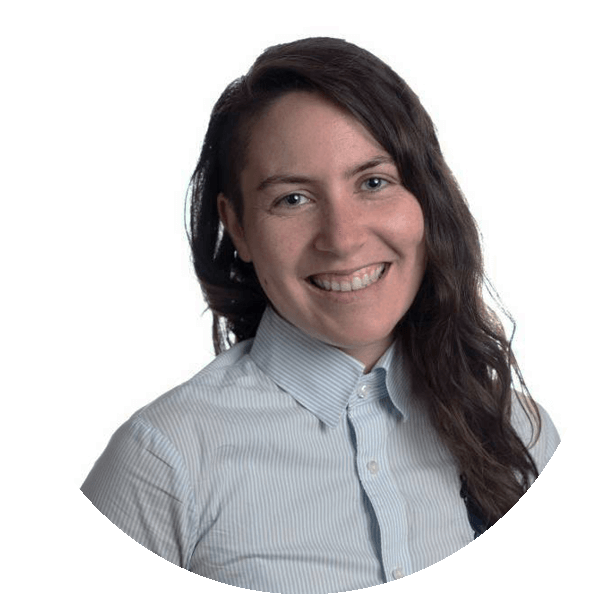 |
AUDREY DURANDProfessor, Computer Science and Software Engineering, Electrical and Computer Engineering, Université Laval; Institute Intelligence and Data, Mila - Quebec Artificial Intelligence Institute Reinforcement learning and its applications in health and ecologyReinforcement learning (RL) is a field that has gained popularity following the impressive success of RL algorithms in several games. In this presentation, we will briefly introduce the sequential decision making problem and the concepts of RL. These concepts and their potential will be illustrated through applications of these algorithms to concrete problems related to health and ecology. |
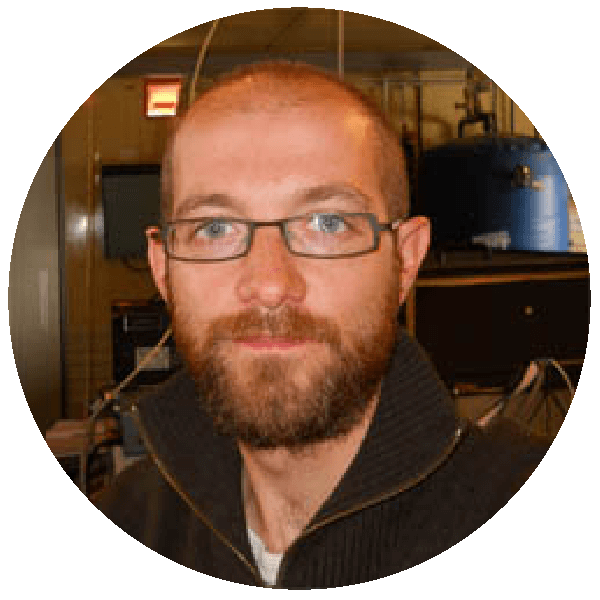 |
ROBERTO GRILLIInstitute of Environmental Geosciences (IGE), CNRS – Université Grenoble Alpes, France Fast and real-time monitoring of dissolved gases: From 3D mapping to in situ isotopic ratio measurementsLatest advances on the use of optical sensors for in situ monitoring of dissolved gases will be presented. Using a fast response membrane-based extraction system, we develop in situ sensors for fast 3D mapping of dissolved gases (CH4, C2H6) as well as their isotopic signature (13CH4). Different applications in monitoring methane fluxes from the sediments to the atmosphere in the Arctic, in the Black Sea and also in lakes will be discussed. A more recently developed water isotopes (D and 18O) in situ sensor for tracing the origins of water masses and understanding the processes responsible for the melting of the ice-shelves will also be presented. |
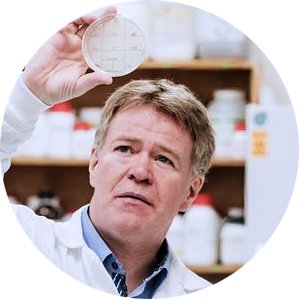 |
SYLVAIN MOINEAUProfessor, Biochemistry, Microbiology and Bio-Informatics, Canada Research Chair in Bacteriophages, Université Laval CRISPR, the memory of past viral infectionsFighting viruses is no easy task. Bacteria have survived viral (phage) attacks by evolving sophisticated defence strategies that enable them to thrive even in virus-rich ecosystems. Phages have also evolved counter-tactics to thwart such mechanisms, leading to a biological arms race. Clustered regularly interspaced short palindromic repeats (CRISPR) and their associated cas genes protect microbial cells against phage infection. A CRISPR is a genetic structure found in bacterial genomes that consists of short nucleotide repeat sequences spaced by short non-repetitive variable sequences named spacers. Many bacterial CRISPR-Cas type systems function by incorporating new spacers derived from invading phage genomes into its CRISPR array. The CRISPR array is then transcribed into short RNAs, which, by recruiting a Cas endonuclease, act as surveillance complexes that recognize and cleave subsequent invading matching DNA sequences. Exploiting this system has also resulted in the development of the much-publicized CRISPR-Cas9 technology for precise genome manipulation. Because additional spacer sequences can be gradually added to the CRISPR locus in a polarized fashion at one end of the array, the spacer sequences provide a molecular archive of their recent viral infections. The spacer composition can also be a useful marker to differentiate between microbial strains. Recently*, we investigated the CRISPR arrays of cyanobacteria (Nostoc) isolated from recent the High Arctic samples as well as from a herbarium specimen collected during the British Arctic Expedition (1875-1876) and compared them to temperate Nostoc species. There was many unique CRISPR spacers in each genome, indicating diverse histories of viral attack and suggesting distinct cyanobacteria-virus interactions in the Arctic. * Jungblut, A.D., F. Raymond, M.B. Dion, S. Moineau, V. Mohit, G.Q.H. Nguyen, M. Deraspe, E. Francovic-Fontaine, C. Lovejoy, A.I. Culley, J. Corbeil, W.F. Vincent. 2021. Genomic diversity and CRISPR-Cas systems in the cyanobacterium Nostoc in the High Arctic. Environ. Microbiol. 2955-2968. |
Poster and oral presentations competition
Congratulations to all winners of the 2021 Sentinel North Scientific Meeting poster and oral presentations competition!
Oral presentations
 First place ($1500)
First place ($1500)
Jean-Christophe Gauthier – Physics, physical engineering and optics
Photoacoustic remote gas sensing
 Second place ($1000)
Second place ($1000)
Frédéric Dulude-de Broin – Biology
Influence of fox predation and the physical environment on prey distribution in an arctic terrestrial community
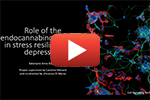 Third place ($500)
Third place ($500)
Katarzyna Anna Dudek – Psychiatry and neuroscience
Role of the endocannabinoid system in stress resilience and depression: A master regulator of neurovascular health
Posters
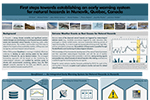 First place ($1000)
First place ($1000)
Till Groh – Geology and geological engineering
First steps towards establishing an early warning system for natural hazards in Nunavik, Québec, Canada
 Second place ($500)
Second place ($500)
Arianne Côté – Architecture
Towards a more autonomous housing system in Nunavik
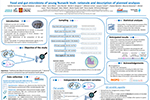 Ex aequo : Third place ($250)
Ex aequo : Third place ($250)
Camille Daunizeau – Social and preventive medicine
Food and gut microbiota of young Nunavik Inuit: rationale and description of planned analysis
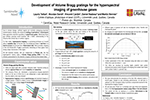 Ex aequo : Third place ($250)
Ex aequo : Third place ($250)
Lauris Talbot – Physics, physical engineering and optics
Development of Volume Bragg gratings for the hyperspectral imaging of greenhouse gases
For any question about the Sentinel North Scientific Meeting, please contact :
Daphné Trottier
Communications officer
daphne.trottier@sn.ulaval.ca
